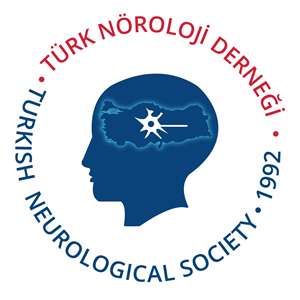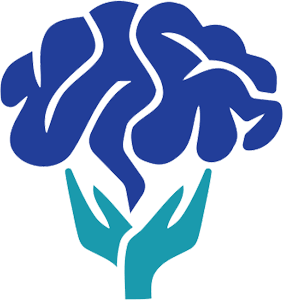Subspecialty training in clinical neurophysiology in Türkiye: A national survey on the educational process, challenges, and proposed solutions
Canan Duman İlki , Hüseyin Özden Şener
, Hüseyin Özden Şener
Department of Neurology, Ankara University Faculty of Medicine, Ankara, Türkiye
Keywords: Clinical neurophysiology, medical education, subspecialty training, survey study.
Abstract
Objectives: This study aimed to evaluate the current status, encountered issues, and potential solutions regarding clinical neurophysiology (CNP) subspecialty training in Türkiye, based on the experiences of fellows and specialists.
Materials and methods: An online questionnaire was administered to 37 physicians who had completed or were enrolled in CNP subspecialty training in April 2025. The survey addressed topics including the training process, curriculum, theoretical and practical adequacy, technical infrastructure, availability of rotations, and employee rights. The data were analyzed using descriptive statistics.
Results: Most participants reported issues such as lack of standardization, insufficient technical infrastructure, short training duration, and significant variation in educational content between centers. Limited rotation opportunities and inadequate exposure to procedures such as ultrasonography, transcranial magnetic stimulation, and intraoperative neuromonitoring were also highlighted. Additionally, uncertainty regarding employment rights was identified as a factor negatively impacting the training process.
Conclusion: Subspecialty training in CNP in Türkiye needs to be strengthened in terms of content, implementation, and employment-related conditions. Updating the national curriculum with achievable goals, improving technical resources, and addressing uncertainties in post-training employment planning are essential for a sustainable and high-quality training model.
Cite this article as: Duman İlki C, Şener HÖ. Subspecialty training in clinical neurophysiology in Türkiye: A national survey on the educational process, challenges, and proposed solutions. Turk J Neurol 2025;31(3):327-333. doi: 10.55697/tnd.2025.490.
The data that support the findings of this study are available from the corresponding author upon reasonable request.
Was responsible for the study design, data collection, analysis, and manuscript writing: C.D.İ.; Provided academic guidance in the planning and interpretation of findings and contributed to the development of the manuscript: H.Ö.Ş. Both authors confirm that this study is original, conducted in accordance with ethical principles, and approved for submission.
The authors declared no conflicts of interest with respect to the authorship and/ or publication of this article.
The authors received no financial support for the research and/or authorship of this article.
The author would like to thank all Clinical Neurophysiology specialists and fellows who voluntarily participated in this study. Special thanks are extended to Prof. Dr. H. Özden Şener for his invaluable guidance and expertise that contributed to shaping the study and supporting the author’s academic journey.


